Neumann U87ai vs. Bluebird Condenser Mic
Is the Neumann U87ai worth $3000?
The Neumann U87ai is a legendary microphone that is an industry standard for voiceover. It’s known for its neutral, flat yet silky smooth tonality with high resolution. It’s also an iconic design with a beautiful gold champagne finish. However there are many people that claim the newer U87ai version has more sibilance (high pitch) than the mellower vintage U87, which is a turn off for some people. I don’t have a comparison with that mic, but I think I have a relatively high voice so you can judge for yourself if it’s unusable. It also only requires phantom power compared to a transformer needed for the old U87. I’ve normalized the mics as the Neumann is much more sensitive, so the Bluebird has been boosted with no changes to EQ. Both were recorded in a sound treated Isobooth on a Zoom F3 32bit float in Logic Pro X. The first tests don’t have any compression, are you able to tell the difference between a $3000 and $300 mic I bought over 10 years ago? (Please use the best headphones/speakers you have.)
Blind Test: Neumann U87ai vs Bluebird
Click the spoiler button below to reveal which microphone is which.
Microphone A = Bluebird
Microphone B = Neumann U87ai
Isobooth sound treatment $30
Box is okay
Neumann vs. Bluebird direct comparison
This section should allow you to compare the differences more closely. Maybe you want to speak softly, maybe you want to record something more enthusiastically.
Neumann U87ai polar patterns
Figure 8, Cardioid, Omni patterns
High pass filter
-10db attenuation filter
Neumann U87ai cardioid frequency response
https://soundref.com/neumann-u87-ai-review/
The U87ai has a switch for recording 3 different polar patterns, cardioid, omni direction and figure 8. This greatly affects the recording and will be used in different recording environments. Cardioid records mostly from the front of the mic, figure 8 a narrower front and back and omni records every direction. There are certain situations you may use one over the other, perhaps you would use omni if you wanted to place the microphone within a piano or record atmosphere and reverb. It also has -10 dB of attenuation for high sound pressure situations and high pass filter to assist with cancelling out noise, but I don’t use them. I think the high pass filter thins out vocals too much, would not recommend using for vocals.
Compressed comparison
Realistically you’ll be using compression when you use a recording, so here’s the same test I made previously but with added compression to give you an expectation of the final audio output.
Untreated room
More samples the better right? For whatever reason maybe you want to hear how the mics perform in an untreated room, specifically in my open closet with 0 equalization. Au naturale.
Conclusion
Screw is reversible for larger mounts
$400 shock mount…
Box can help authenticate fakes
Circuit diagram 6 is different than motherboard design of 4 & 5.
The U87ai is a fantastic studio cardioid condenser microphone if you care about audio quality above value. Equipment is so good nowadays it might not be worth it when you want to spend hard earned cash on so many other things. Even you might not even be able to hear the differences accurately if you don’t have high resolution earphones. For those that can’t identify the difference, the Bluebird doesn’t have the resolution nor detail, but might have a feeling of clarity for some due to the artificially boosted highs and bass. It’s still absolutely fantastic and you can get one for $300. For over $3000 USD, the Neumann might not be realistic especially if you’re not making a ton of money with this tool. It’s a gorgeous piece of machining, which you’ll treasure proudly. The shock mount is decent, I’d suggest not getting it though as it’s overpriced and not super convenient for mounting on and off. If you like the frequency response on the Bluebird but detail of the Neumann you should consider the much cheaper TLM103, which has a similar V shape frequency response boosting the bass and highs making voices sound better without adding any EQ. For instruments this may not be ideal but for vocals it’s just as good as the U87ai and you should honestly just buy the TLM if you’re not an audiophile. I plan on recording instruments so I need the most neutral recording possible to EQ and master afterwards, which is why I bought the U87ai. If you don’t EQ this mic, you might find it boxy and flat compared to the sonically colored affordable mics. If you aren’t used to EQ workflow and sound treatment for all your audio, I might suggest avoiding this microphone and get the Neumann TLM103 or perhaps an AKG414. If you don’t want to sound treat your studio perhaps a Schoeps Supercardioid or dynamic RE20 will be better for sound quality enthusiasts. For shotgun microphones you have the Sennheiser 416 or modern variant 8060. $3000 USD is borderline preposterous and it’s not a universal mic either. I find the mids are very present on this microphone making it feel very intimate and close, but for singing scooping them could be a good choice. I can even suggest boosting the highs in EQ for vocals, so no, it’s not a sibilant mic and I think suits my higher voice fine with its smooth top end. As you’ll likely take my advice, be warned that increasing treble will increase the ambient noise in your recording especially with its already mediocre self-noise of 12-15db.
Microphones are great investments. The vintage U87 has held it’s value even against the U87ai, so rest easy, if you buy this mic it’ll likely be the last and it’ll retain its value if you ever need to sell it. Although it is price prohibitive, if you can implement sound treatment, this microphone can bring professional sound to your home studio.


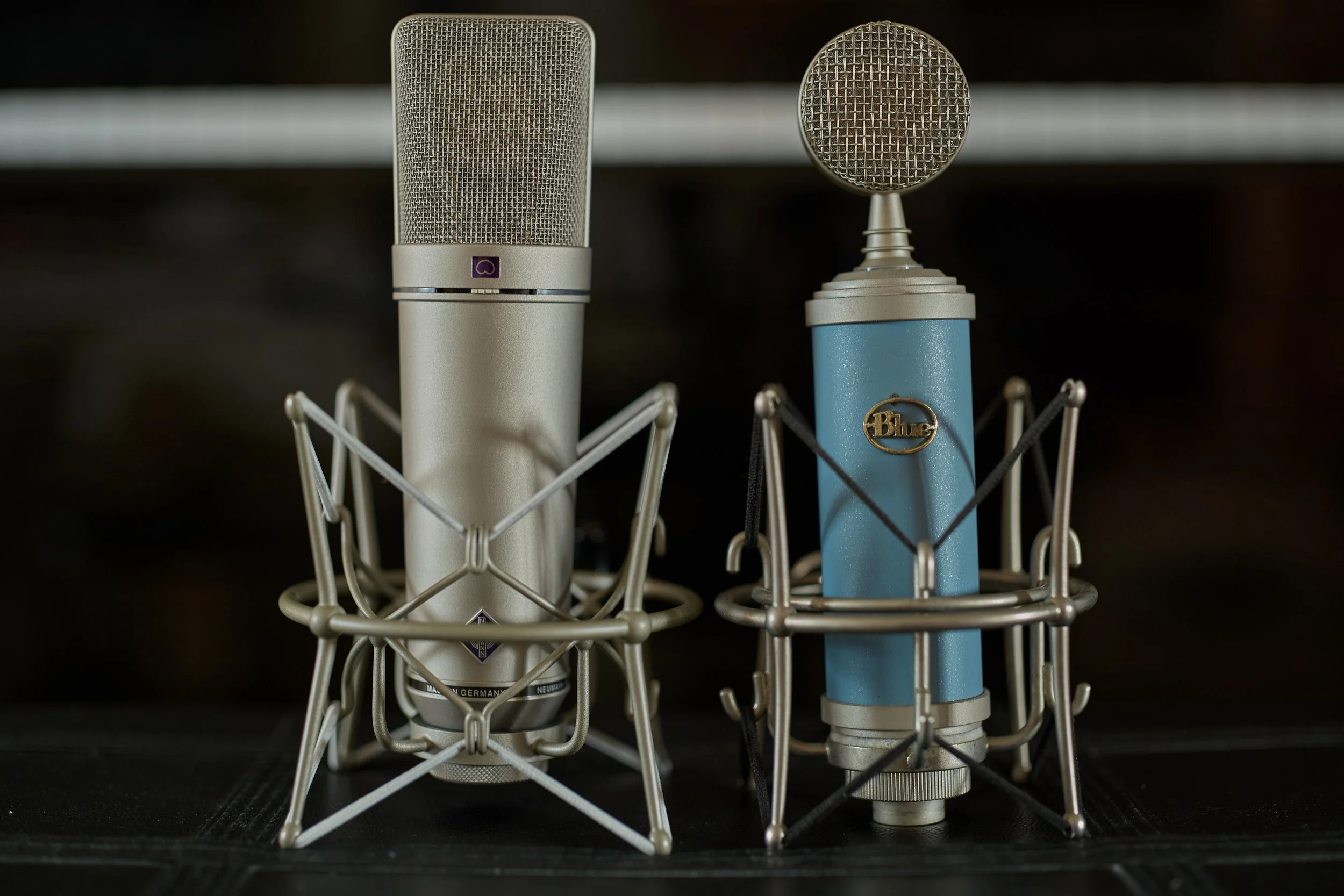

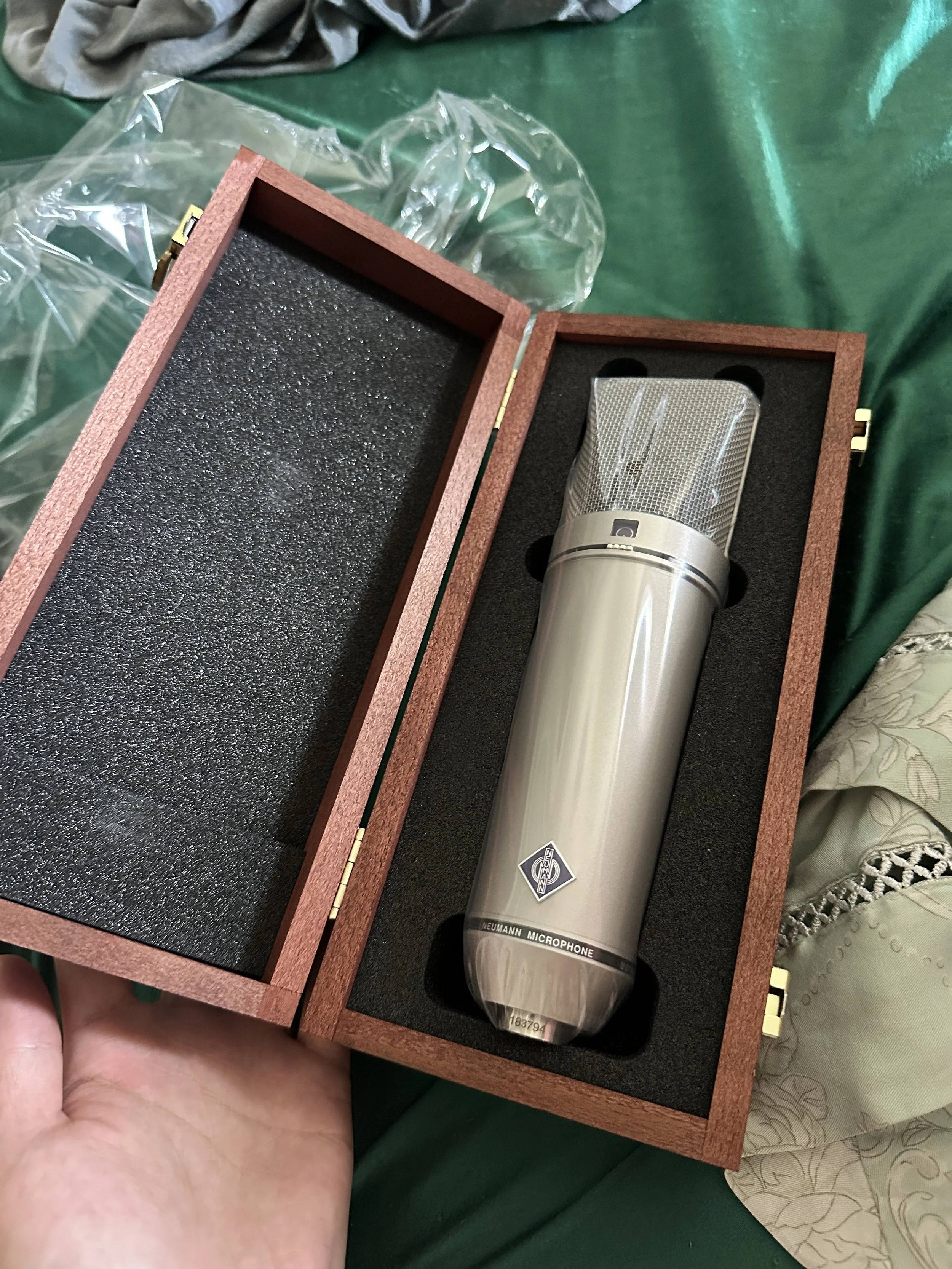


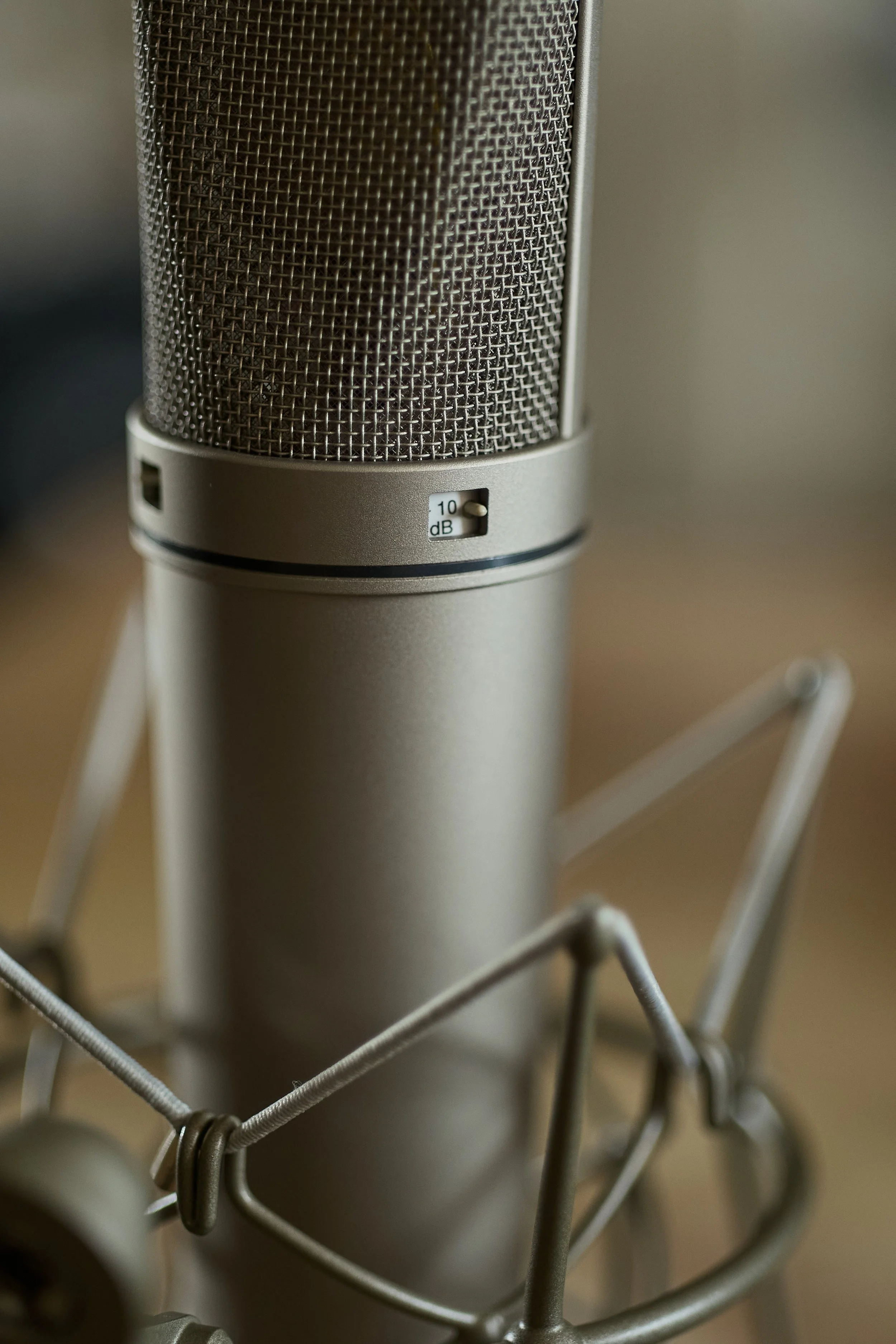
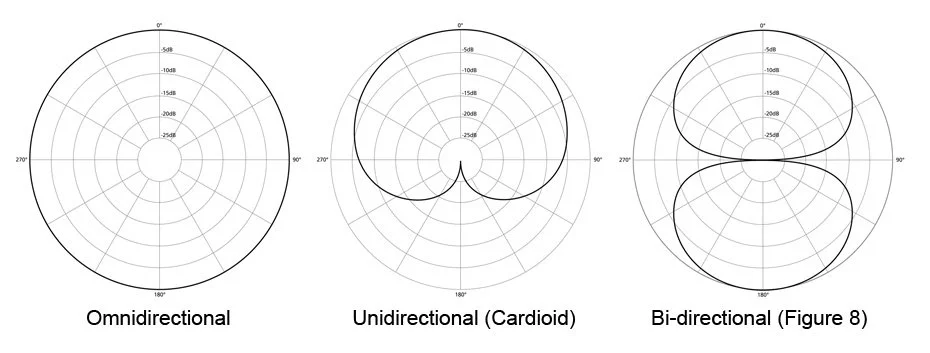
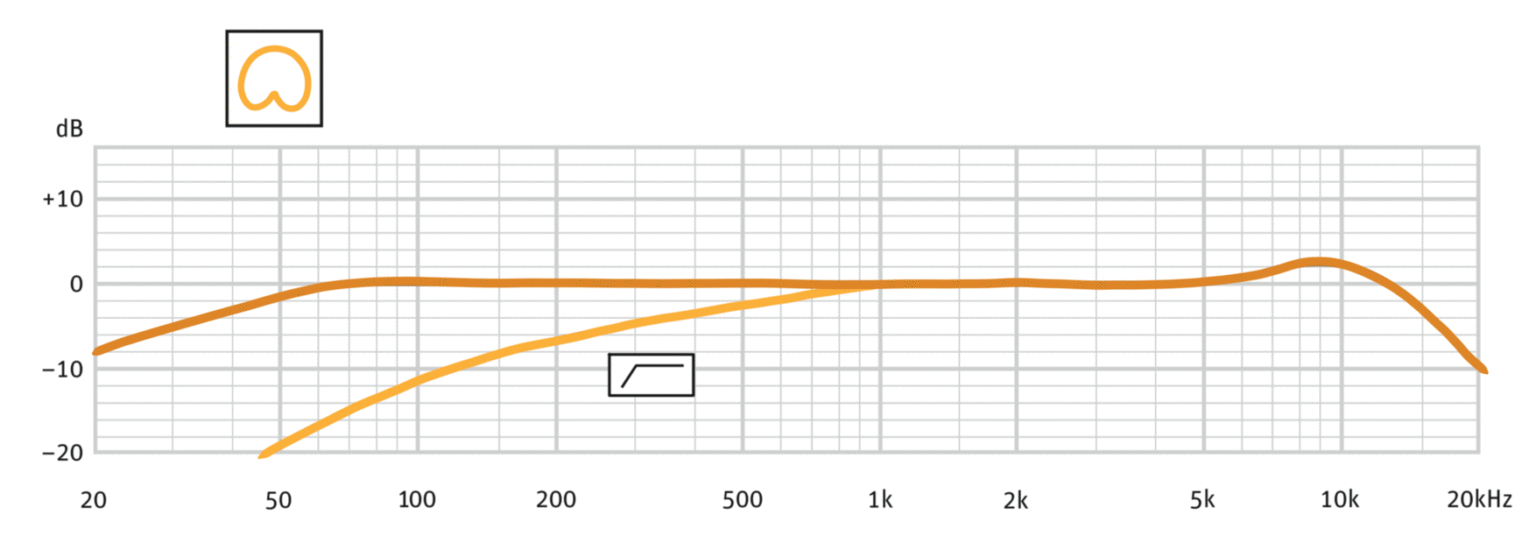

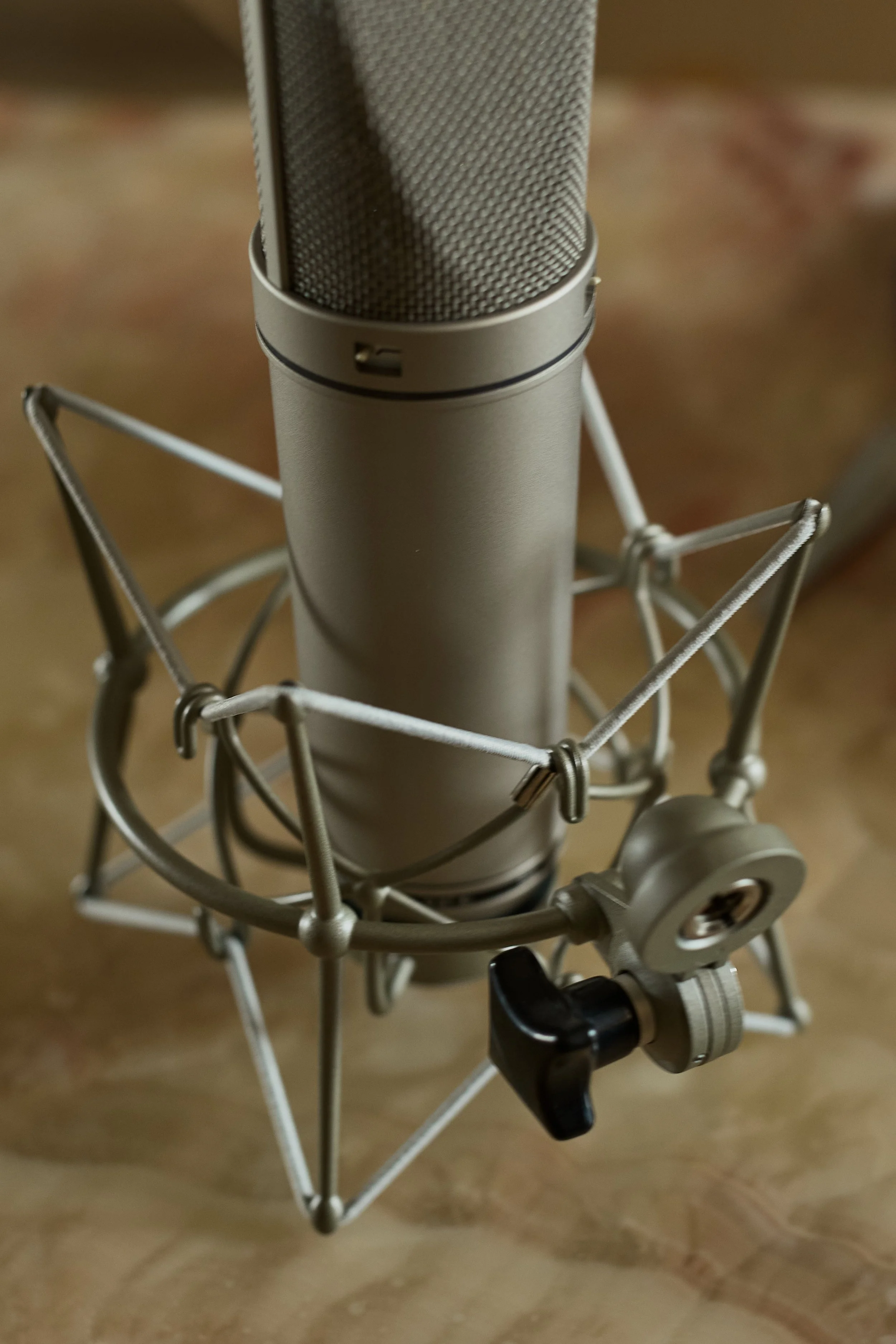
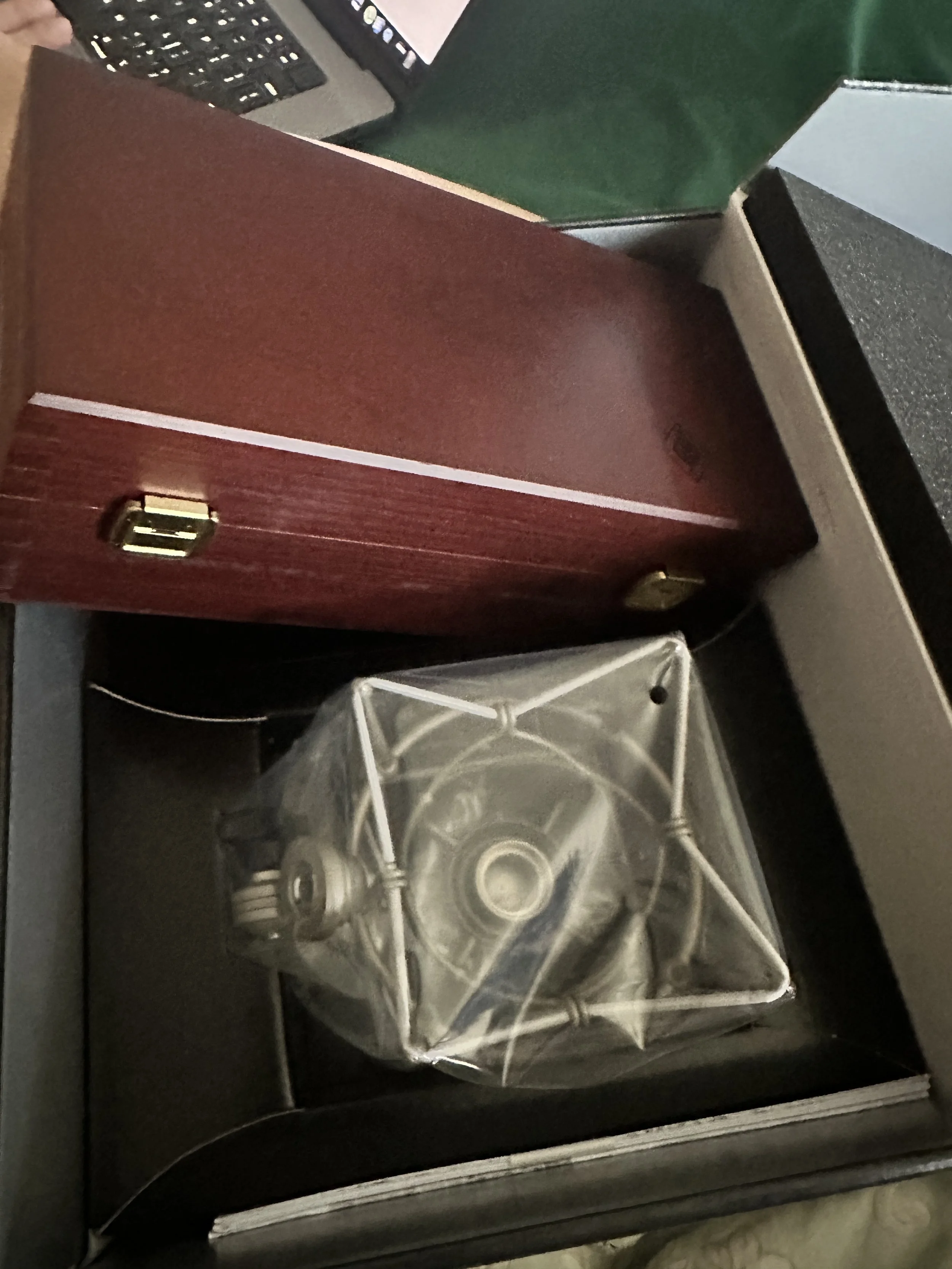
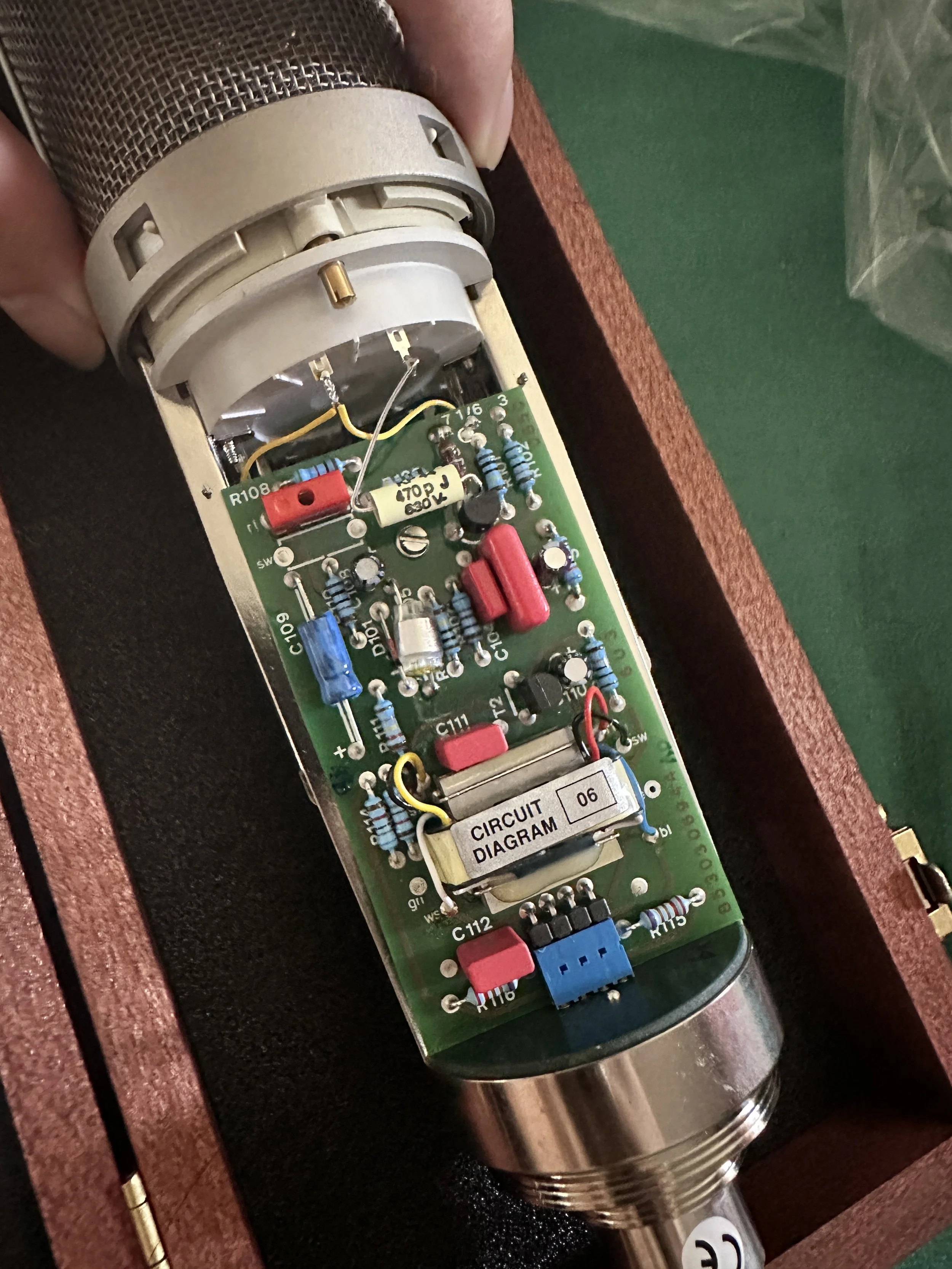

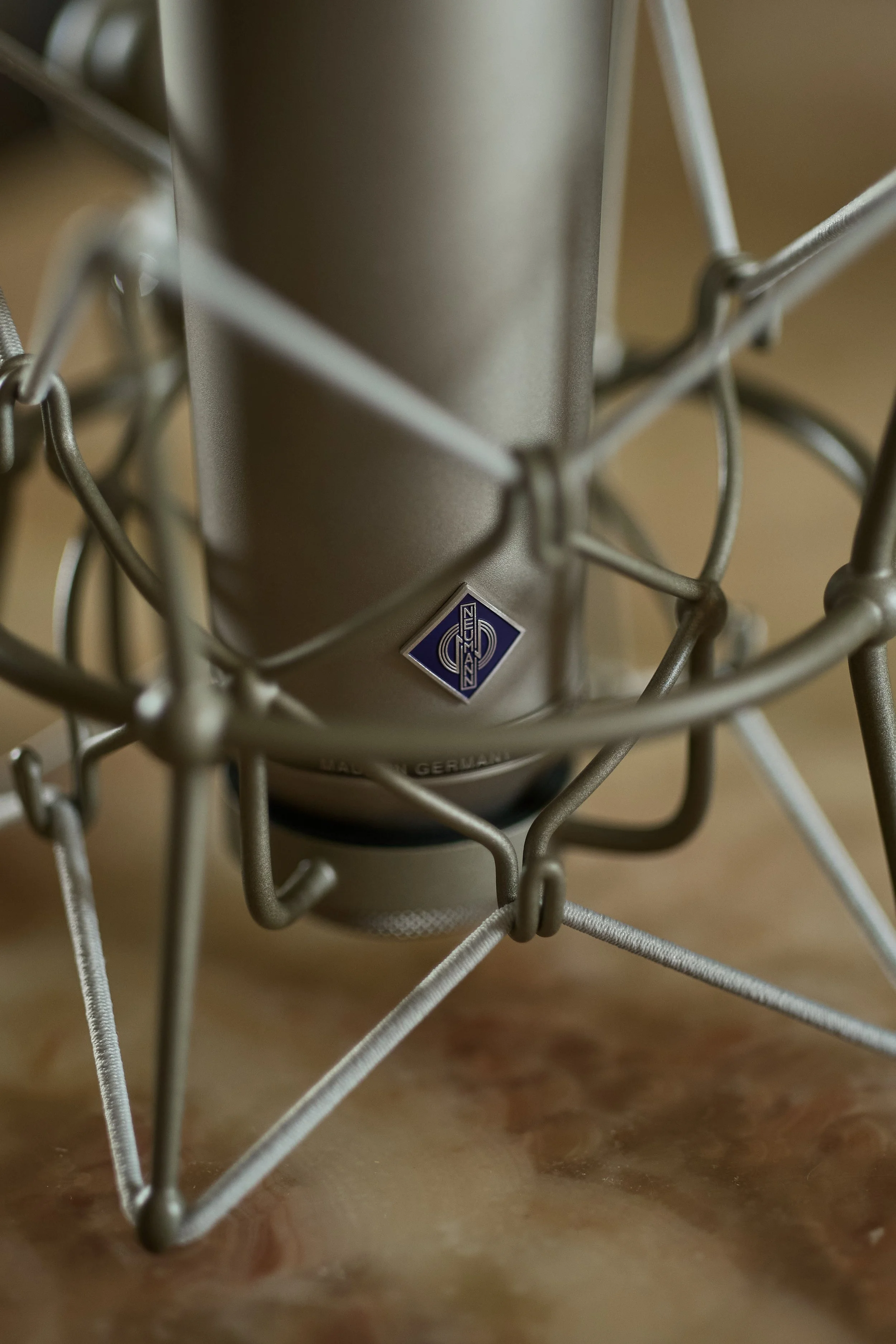















1 stop away from greatness.